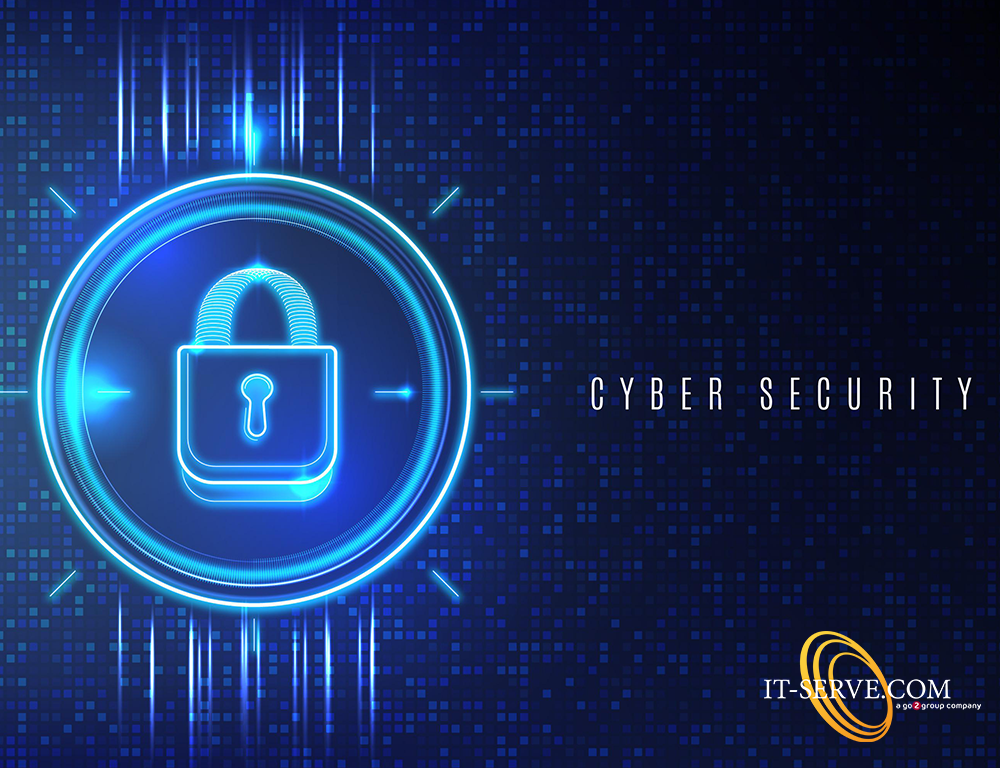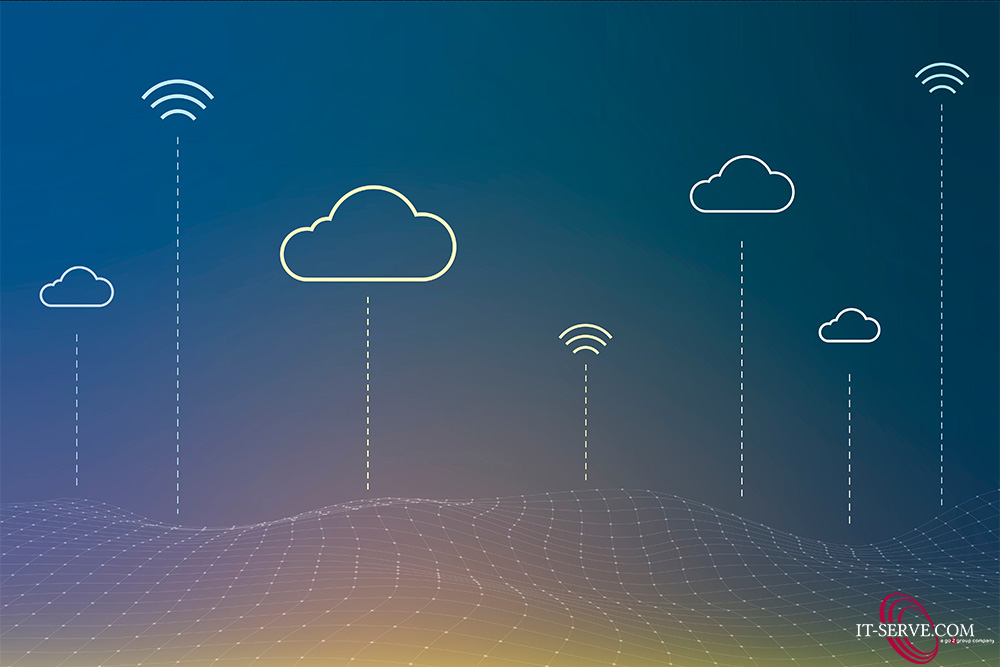
A 2020 statistic reported that approximately 28% of cyber threat security breaches targeted small and medium sized enterprises. After a company is breached, it takes a lot of time, money and effort to recover from the cyber threat, especially if it was a substantial blow. However, what if there was something that enabled the compromised devices to retain information from the time it was under attack? What if the breached devices could, at the very least, arm itself with the knowledge of the attack and be able to respond in a much more proactive way to future threats? This is where cyber threat intelligence comes in.
Cyber threat intelligence is the information that’s gathered, refined and studied to learn and remember a hacker’s – or a potential hacker’s – attack patterns that posed as an actual threat to the system. In layman’s terms, it’s a software’s way of collecting data from previous cyber security breaches to be better equipped to deal with them in the future. The more cyber threat intelligence a software has, the better it will be at making quicker, well informed decisions that enables it to diligently protect against cyber threats in the future.
The 3 types of cyber threat intelligence
Cyber intelligence is divided into 3 categories. These 3 categories can be simply differentiated by their core objectives and how they each use cyber threat intelligence in a different way;
- Strategic cyber threat intelligence – This type of intelligence studies the common trends associated with cyber threats on the internet and analyzes ongoing best practices to make informed decisions for the long term.
- Operational cyber threat intelligence – This intelligence looks at past situations and investigations, considers the decisions and outcomes made when facing those previous threats and is then able to make an informed decision for any similar incident that takes place in the future.
- Tactical cyber threat intelligence – This intelligence essentially dissects and examines investigations and interactions happening in real time. It also provides operational support for day-to-day tasks.
The importance of cyber threat intelligence
As mentioned before, cyber threat intelligence is all about gathering as much intel as possible on existing or emerging threats and being able to react against them in a timely manner. A key objective cyber threat intelligence attempts to achieve is the mitigation of advanced persistent threats (APT). An APT is an intricate, complicated and persistent hacking method that attempts to breach the system over a long period of time. This parasitic trait is difficult to deal with since cyber security professionals can never be fully aware of the arsenal of attacks an APT can launch on a device or network. This is why cyber threat intelligence plays an instrumental role in protecting organizations from an APT. They simply have a large enough bank of intelligence gathered over time that allows them to act instantly against threats without the need of human interference.
Additionally, cyber threat intelligence can also;
- Help IT and cyber security professionals deal with a large amount of threats without the worry of any back log, vulnerabilities being exploited or overburdening;
- Expose seemingly hidden cyber threats that otherwise would not have been spotted by a normal IT professional;
- Allow important personnel like stakeholders to have access to unbiased data when making decisions of when are where to invest. Also helps them mitigates risks as much as possible;
- Educate and better inform cyber security professionals of the best ways to deal with a cyber threat
Adequate cyber intelligence can really make a monumental difference when it comes to cyber threat protection. Sometimes a quicker, more direct response can make all the difference between a close call and a cyber security breach. However, it is important to note that with the ease of mind that comes with cyber intelligence there are a few downsides as well.
The most notable downside is the fact that cyber intelligence needs to comb through a lot of data to be truly efficient. This data doesn’t necessarily only include information of the organization though, it can also include data from any entity that the organization interacts with. This means that everyone from partners, clients and any third party interactions also get analysed and this can potentially lead to major privacy violations if organisations aren’t fully transparent.
However, the pros do outweigh the cons and cyber threat intelligence is something that organisations should slowly begin to incorporate into their businesses to stay on top of the latest cyber threat protection protocols. Statistics also show that regular IT audits, risk assessments and standard security certificate verifications aren’t enough to combat most advanced cyber threats. Just like hackers have enhanced their cyber crime tactics, IT professionals and business owners should also evolve and expedite their cyber threat security practices to stay one step ahead of the criminals at all times.



















